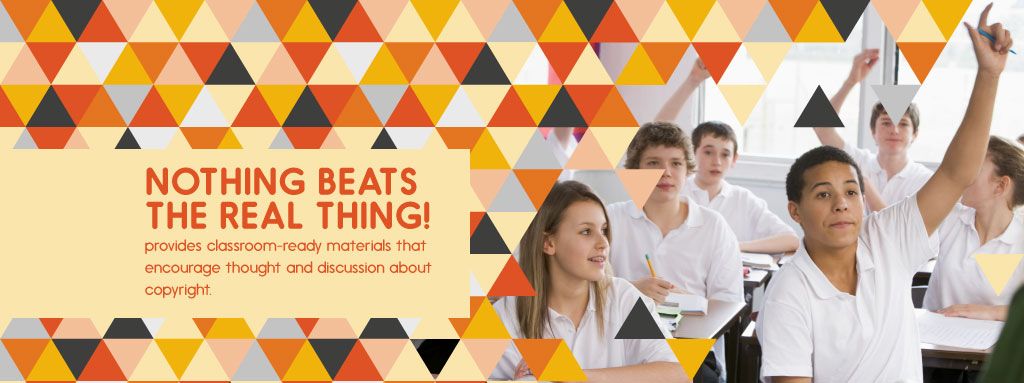Research Skills
There are a variety of resources that can be used to gather information for assignments, essays and projects. Identifying and evaluating sources are important research skills.
Evaluating Sites
Websites can be useful sources of research for assignments and projects, but how do you evaluate the quality and accuracy of their content?
Use this checklist to help you evaluate web sites for Authority, Accuracy; Purpose, Content, Currency, Design, Organization, and Ease of Use. It will assist you to determine whether or not a particular site should be considered as a source of information for a paper or project.

By using the checklist, you will be able to evaluate a web site, as well as learn why these different aspects are things that should be considered when looking to use a web site as a source. Fill it out on the computer, print it, then turn it in to your instructor, or keep it for your own use. Alternately you may print a copy and write your answers in.
Research Essentials from State Library Victoria
State Library Victoria share practical tips on how to evaluate online sources for reliability and how to access services and collections at State Library Victoria to aid your research.
Episode One | Top Tips for Online Searching
Episode Two | The Six Steps of Research
Episode Three | Fake News
Plagiarism
For resources relating to plagiarism, visit Nothing Beats the Real Thing.
What is plagiarism?
Many people think of plagiarism as copying another’s work or borrowing someone else’s original ideas. But terms like “copying” and “borrowing” can disguise the seriousness of the offence:
According to the Merriam-Webster online dictionary, ‘plagiarism’ means:
- to steal and pass off (the ideas or words of another) as one’s own
- to use (another’s production) without crediting the source
- to commit literary theft
- to present as new and original an idea or product derived from an existing source
In other words, plagiarism is an act of fraud. It involves both stealing someone else’s work and lying about it afterward.
But can words and ideas really be stolen?
According to Australian law, the answer is yes. The expression of original ideas is considered intellectual property and is protected by copyright laws, just like original inventions. Almost all forms of expression fall under copyright protection as long as they are recorded in some way (such as a book or a computer file).
All of the following are considered plagiarism:
- turning in someone else’s work as your own
- copying words or ideas from someone else without giving credit
- failing to put a quotation in quotation marks
- giving incorrect information about the source of a quotation
- changing words but copying the sentence structure of a source without giving credit
- copying so many words or ideas from a source that it makes up the majority of your work, whether you give credit or not (see our section on “fair use” rules)
Most cases of plagiarism can be avoided, however, by citing sources. Simply acknowledging that certain material has been borrowed and providing your audience with the information necessary to find that source is usually enough to prevent plagiarism. See our section on citation for more information on how to cite sources properly.
What about videos, images and music?
Using an image, video or piece of music in a work you have produced without receiving proper permission or providing appropriate citation is plagiarism. The following activities are very common in today’s society. Despite their popularity, they still count as plagiarism.
- Copying media (especially images) from other websites to paste them into your own papers or websites.
- Making a video using footage from others’ videos or using copyrighted music as part of the soundtrack.
- Performing another person’s copyrighted music (i.e., playing a cover).
- Composing a piece of music that borrows heavily from another composition.
Certainly, these media pose situations in which it can be challenging to determine whether or not the copyrights of a work are being violated. For example:
- A photograph or scan of a copyrighted image (for example: using a photograph of a book cover to represent that book on one’s website)
- Recording audio or video in which copyrighted music or video is playing in the background.
- Re-creating a visual work in the same medium. (for example: shooting a photograph that uses the same composition and subject matter as someone else’s photograph)
- Re-creating a visual work in a different medium (for example: making a painting that closely resembles another person’s photograph).
- Re-mixing or altering copyrighted images, video or audio, even if done so in an original way.
The legality of these situations, and others, would be dependent upon the intent and context within which they are produced.
The two safest approaches to take in regards to these situations is:
- Avoid them altogether
- Confirm the works’ usage permissions and cite them properly.


